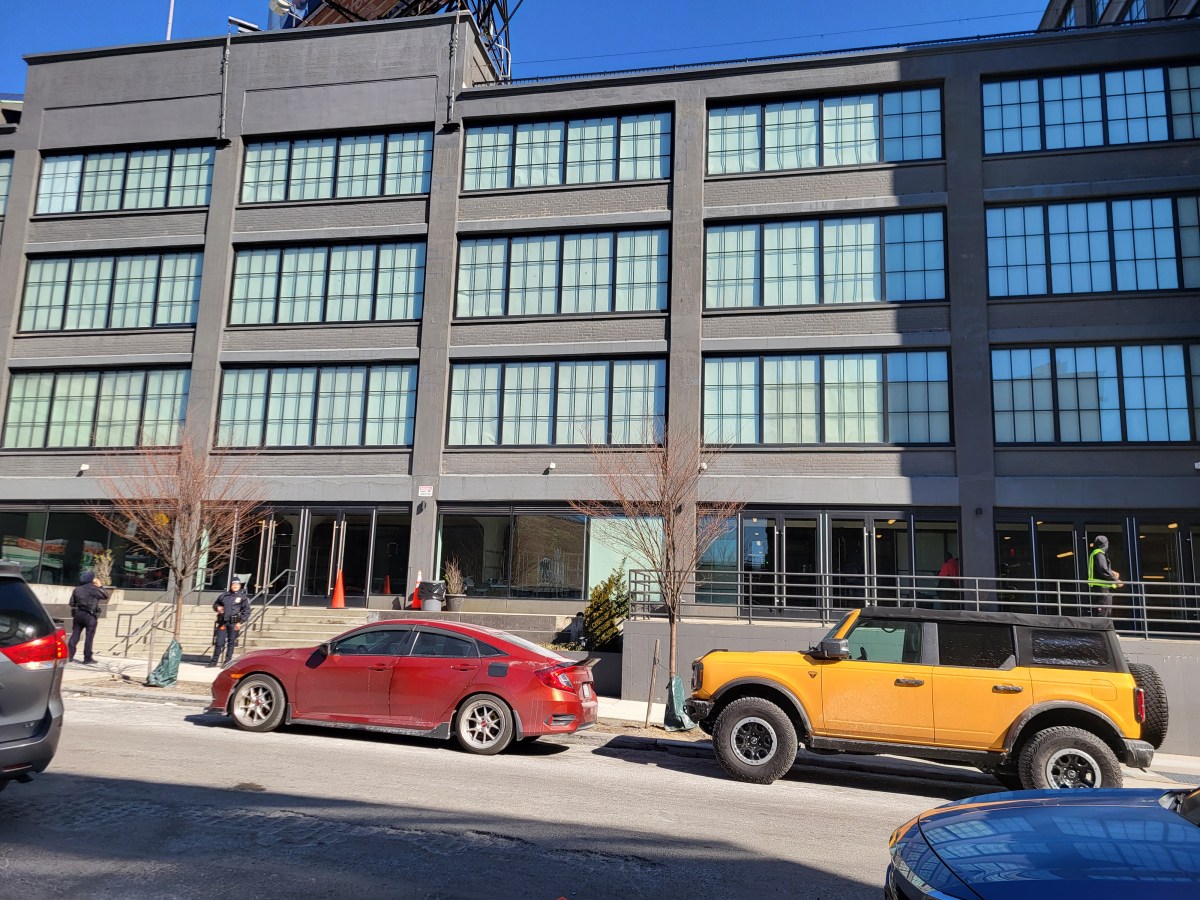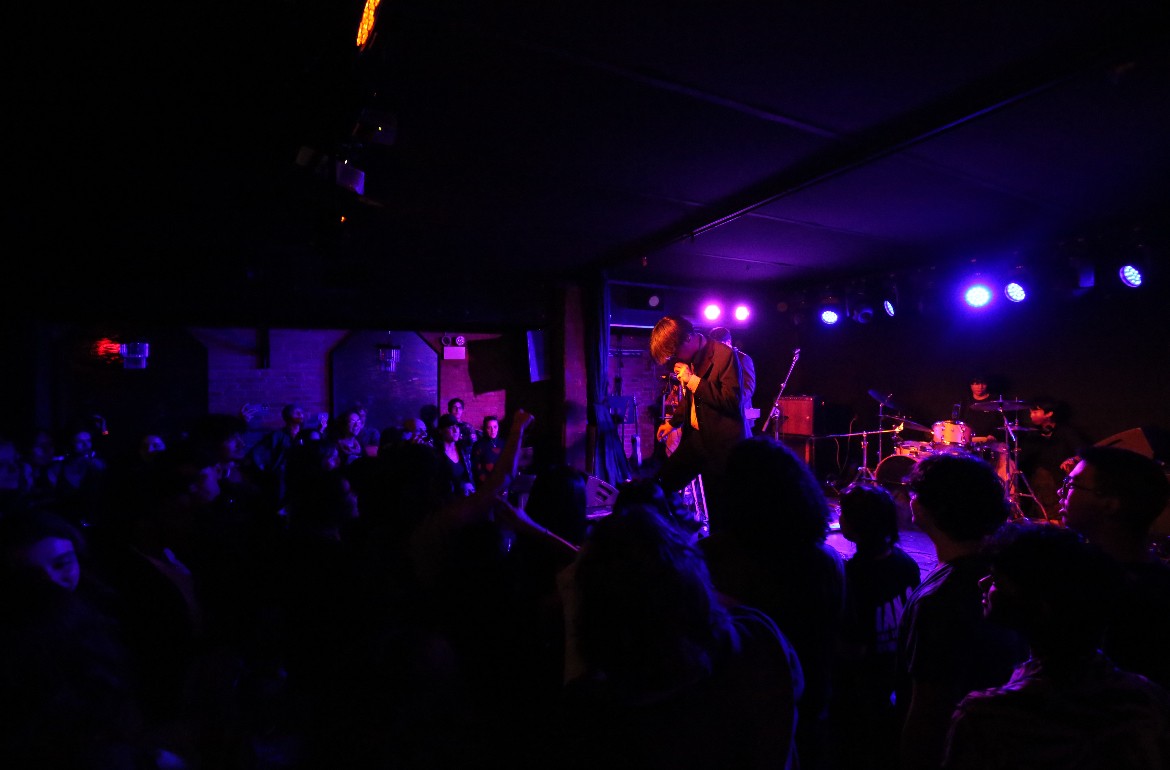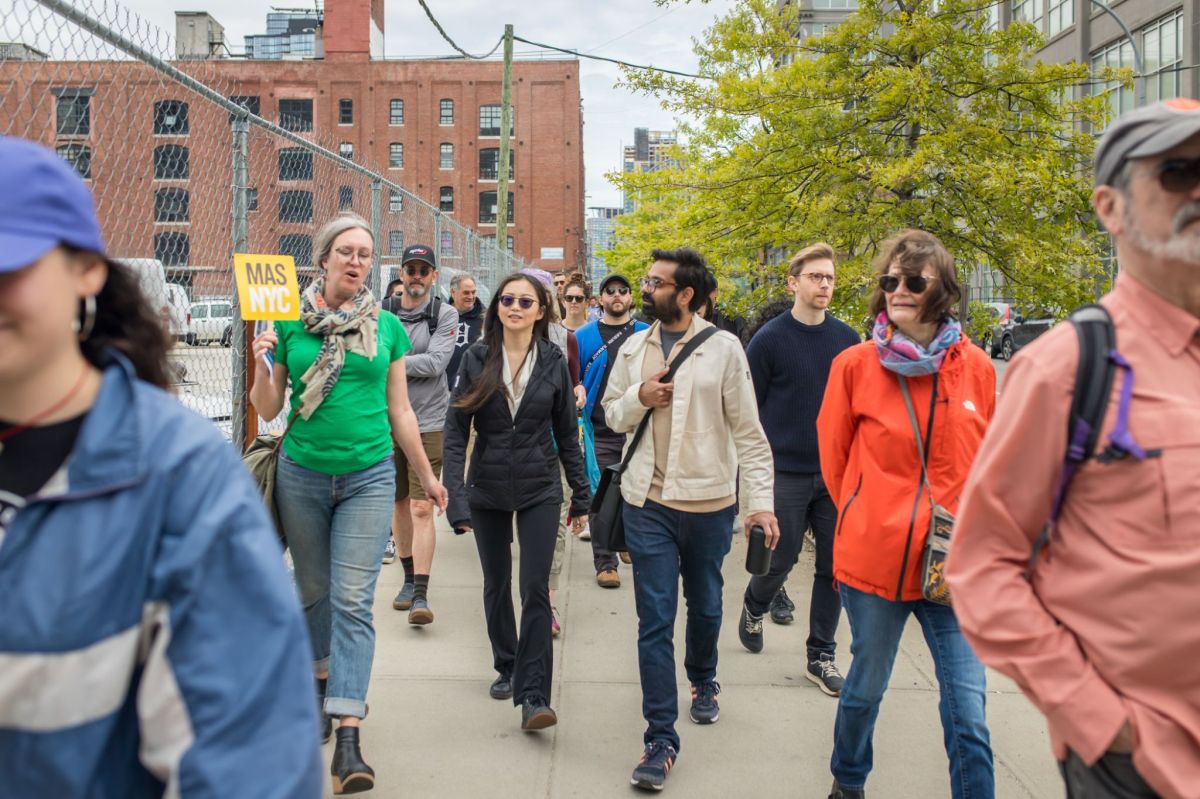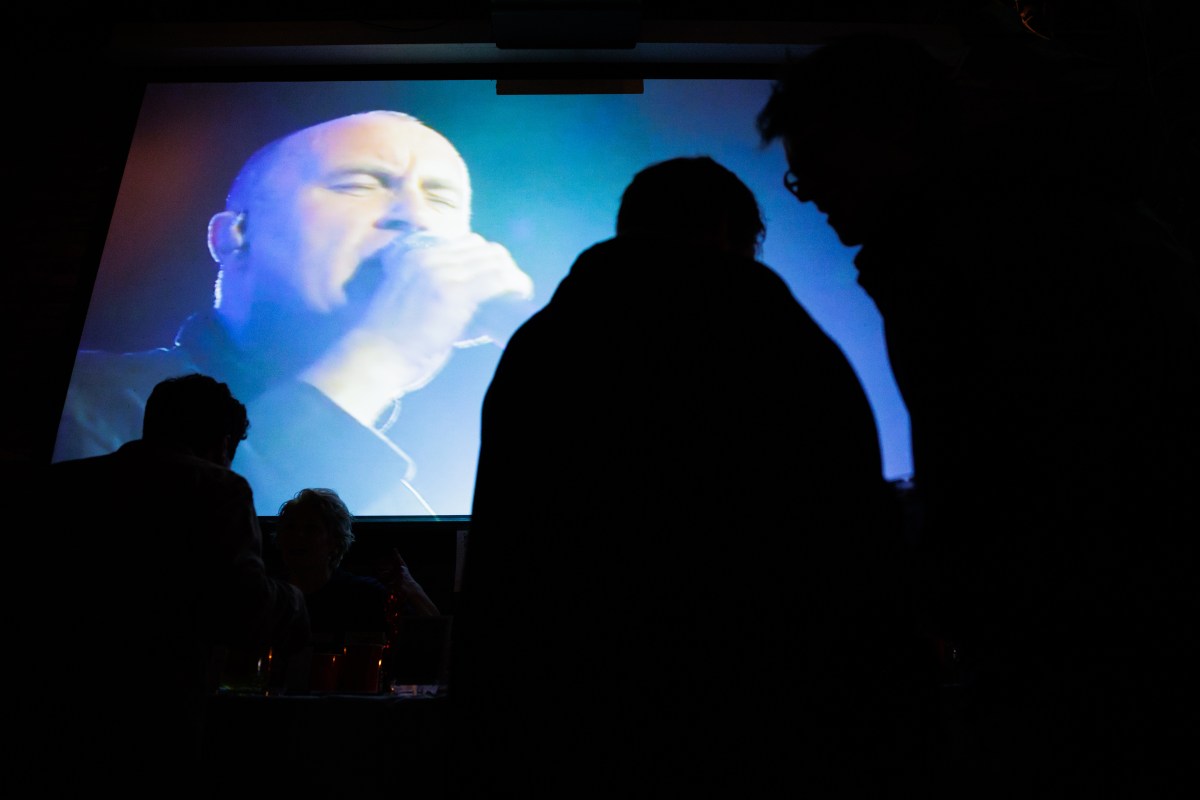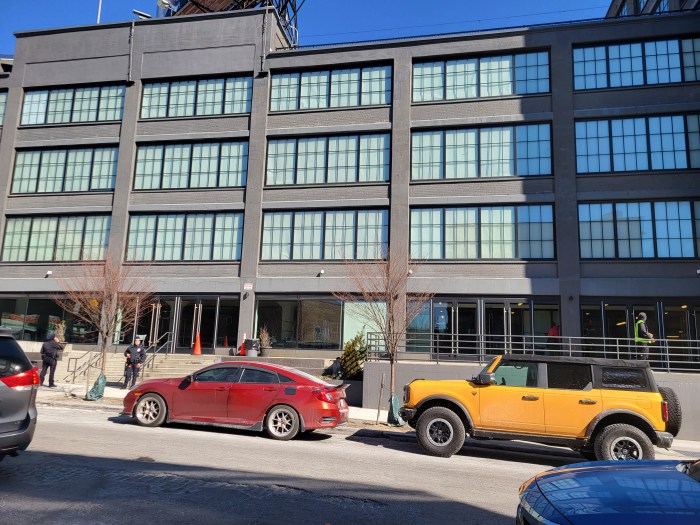
BY ALBERT AMATEAU | A Manhattan State Supreme Court judge last week dismissed the City Club of New York’s lawsuit to prevent the $130 million Pier55 project, funded by Barry Diller and Diane von Furstenberg, from going forward without a full environmental impact review.
In a 40-page decision on April 4, judge Joan B. Lobis threw out the lawsuit against the Hudson River Park Trust with prejudice, meaning that although the dismissal may be appealed to a higher court, the lawsuit cannot be filed anew.
Diller, who with von Furstenberg has pledged $113 million for the project that would replace the old Pier 54 just north of W. 13th St., was jubilant.
“The court did what we hoped, reject completely the claims made by the City Club,” Diller said. “On behalf of the Hudson River Park Trust and all those involved in this project, I’m glad we can get back to the work, that of building a great park and performance center for the people of New York and all those who come to visit.”
Madelyn Wils, president and C.E.O. of the Trust, the state/city authority building the 4.5-mile long riverfront park, said, “This marks a victory for the tens of millions who enjoy Hudson River Park. We’re pleased the judge dismissed the lawsuit in its entirety, and we’re eager to move ahead with what will be one of the most spectacular public park piers anywhere, yet, happily in Hudson River Park.”
Tom Fox, a City Club member and an individual plaintiff in the suit, said on Tuesday that the City Club board of directors would decide later this week whether to appeal the dismissal.
The square-shaped project, more an island than a pier, with two access ramps, would cover 2.7 undulating acres, supported on 547 concrete pilings. Its height above the river would vary from 8 feet to 62 feet. The pier would have three performance spaces, with a total audience capacity of nearly 6,000. The Trust and the Diller-von Furstenberg Family Foundation have agreed that 51 percent of the performance events on the pier would be completely free and 49 percent could charge market-rate admission.
The New York State Department of Environmental Conservation approved the project at the end of last month. However, the U.S. Army Corps of Engineers, which has jurisdiction over navigable waters, has not yet issued a permit for the project. Nevertheless, the Trust hopes to begin construction on the new pier later this spring, with completion expected in 2019.
The lawsuit, filed in June 2015, contended that the Trust’s approval of the project violated the public trust doctrine, both the city and state environmental quality review laws, and the state Hudson River Park Act, which is the legal basis of the park and which established the Trust.
The public trust doctrine holds that “parkland is impressed with a public trust requiring legislative approval before it can be alienated or used for an extended period for non-park purposes,” according to the decision.
But Judge Lobis held that the doctrine applies to municipal parkland and not to state parkland, like Hudson River Park. Moreover, the judge ruled that the uses envisioned for Pier55 are all legitimate park purposes. (The park was built on a combination of state- and city-owned land.)
Regarding the environmental review requirement, the Trust last year filed an environmental assessment form, or E.A.F., and found that Pier55 would not have a significant environmental impact, so would not require further study. Projects deemed to have a significant impact must complete a full environmental impact statement, or E.I.S., which could take a year.
The City Club suit contended that the E.A.F. failed to take the required “hard look” at the project to assess the potential impact. But Judge Lobis held that the E.A.F. examined alternatives and potential risks to reach the “No significant impact” judgment.
Pier55 only partially overlaps the footprint of the old Pier 54, built in 1906 for the Cunard Line, which it would replace. The state Legislature last year amended the Hudson River Park Act to permit the new location. Judge Lobis held that the project does not violate the act.
The Pier55 project has the support of Friends of Hudson River Park, the Municipal Art Society, New Yorkers for Parks and former city Parks Commissioner Adrian Benepe.






